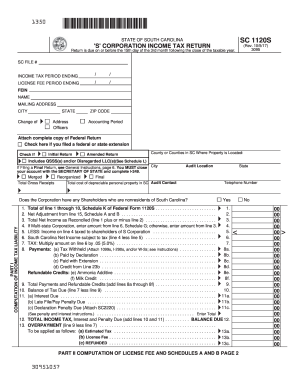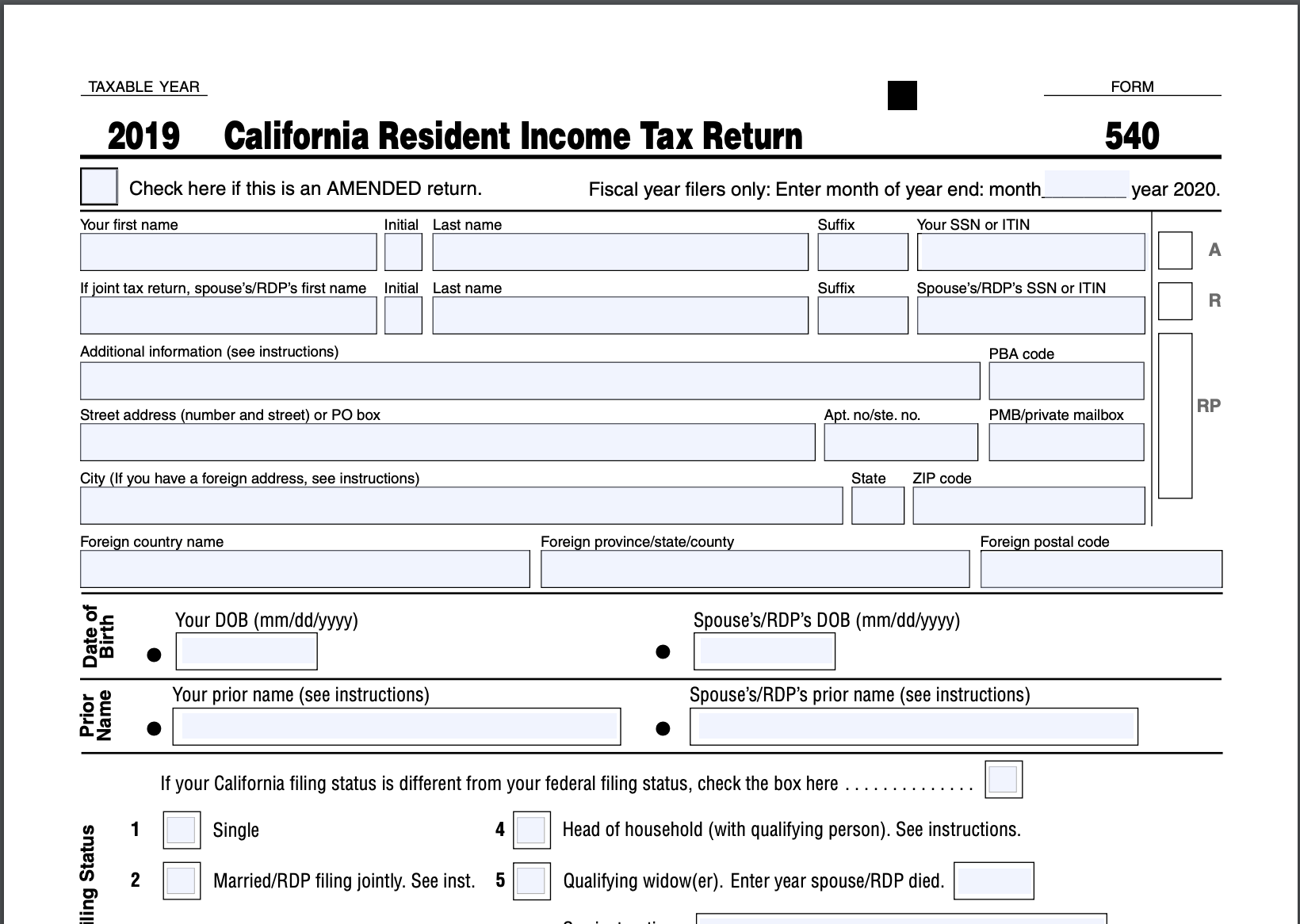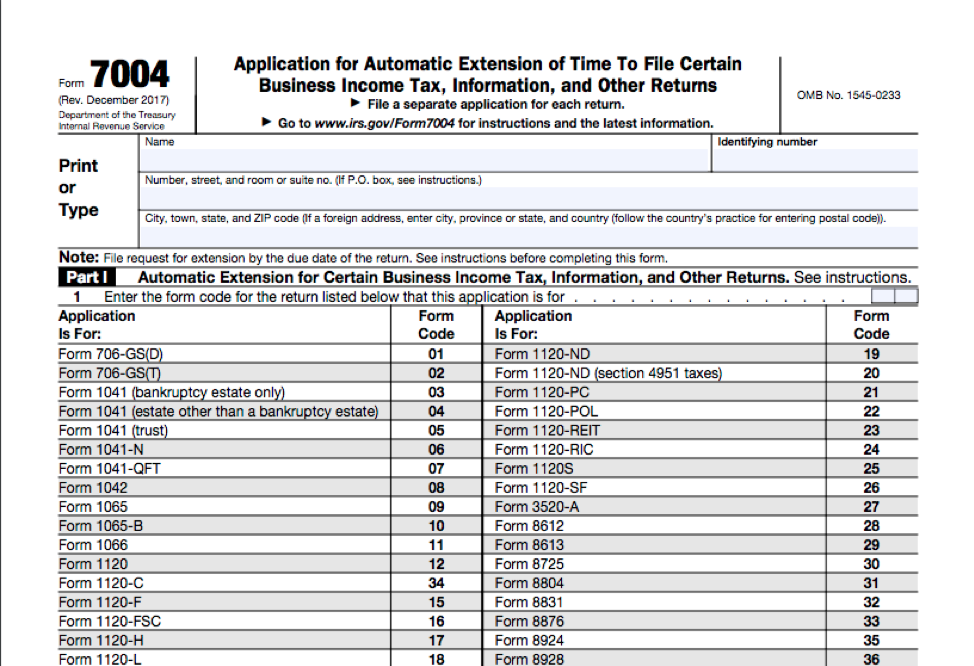

If you’re currently living outside the country, for example, you may be able to get an additional extension through December.

As long as you haven’t had any previous tax trouble and your returns for the prior three years were paid on time, the IRS may consider granting you an abatement, which can significantly reduce what you have to pay.Ĭertain taxpayers may be able to put off their tax filing beyond October. If you’re eligible for an installment agreement, you’ll have 72 months to pay back what you owe.Īs an added benefit, you may be able to get some or all of the penalties waived if you can demonstrate that your inability to file or pay on time was due to circumstances beyond your control. Qualifying for a payment plan is fairly straightforward you have to be up-to-date on your tax filing and owe less than $50,000.

#2016 extension form if there is a refund full#
If you file your return by the extension cutoff but you can’t pay the full amount, you may be able to make monthly payments towards the balance through an Installment Agreement. The IRS recognizes that there are certain situations where you may not be able to meet your tax obligations on time. Interest compounds daily and is assessed based on the total amount owed, including penalties. However, this rate changes every quarter and has ranged from 3% up to 6% over the past few years. As of the first quarter of 2020, the interest rate is 3%. On top of the penalties, you’ll also have to pay interest on what you owe. The total maximum amount you can be charged for both penalties adds up to 47.5%, which could add hundreds or even thousands of dollars to your tax bill, depending on what you originally owed. If you owe the failure-to-pay penalty, the late filing penalty is offset by 0.5% each month. This penalty is much steeper, at five percent of the original amount of tax owed per month or partial month and it’s also capped at 25%. If you end up missing the October filing deadline, a separate failure-to-file penalty also applies. Taxpayers who filed an extension and paid at least 90% of the balance due when submitting their request generally aren’t subject to the penalty. That’s because the IRS charges a failure-to-pay penalty of 0.5% of the total amount of tax owed for every month or partial month it goes unpaid, up to a maximum of 25%. An extension of time to file isn’t the same as an extension of time to pay and if you have an outstanding tax bill, your balance is likely to be inflated by penalties and interest.


 0 kommentar(er)
0 kommentar(er)
